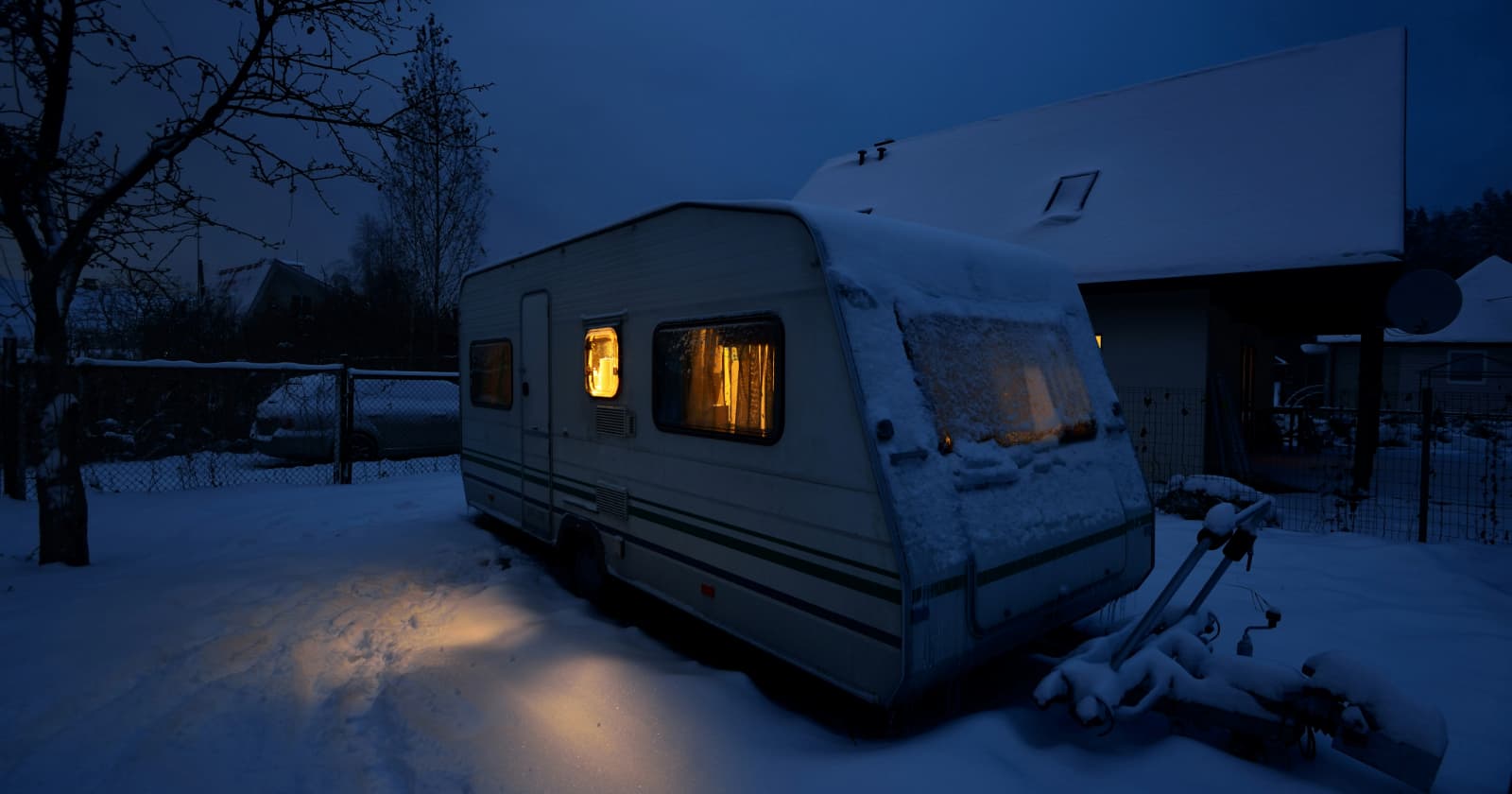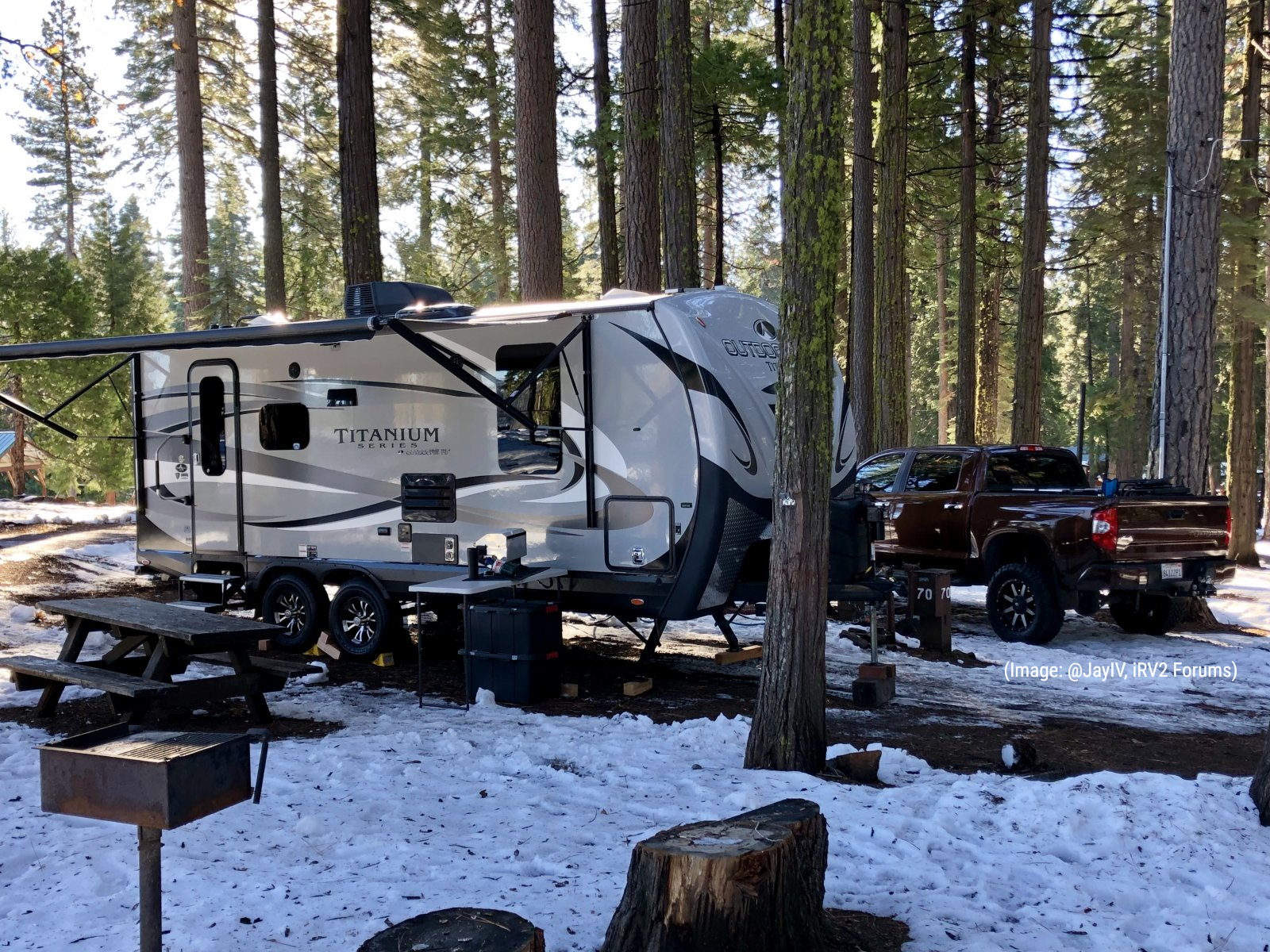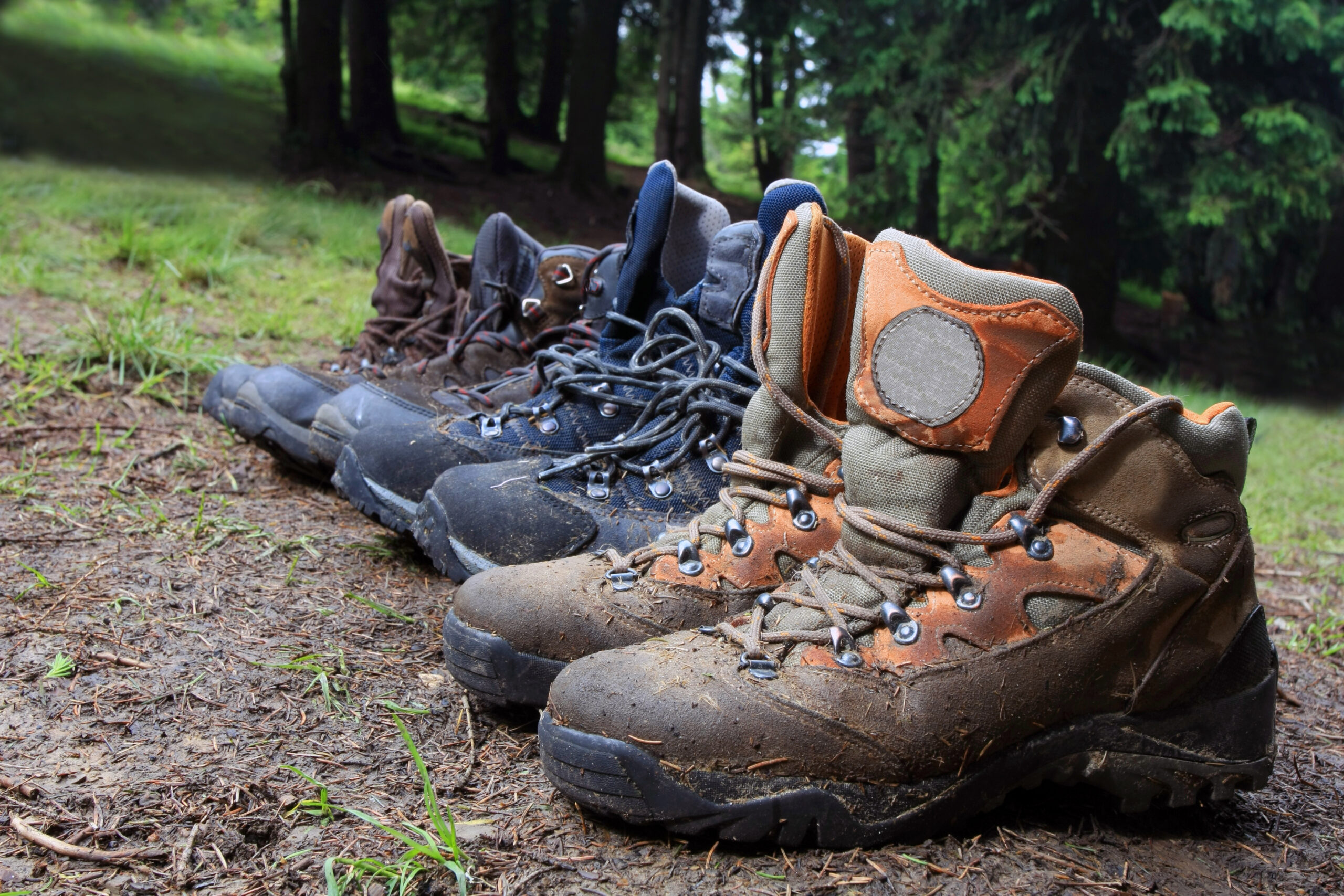In the minds of most, hiking is an activity that should be done during the warmer parts of the year. This is understandable, but also surprisingly misinformed. You see, winter hiking is actually quite an amazing experience, and with the right preparation, it could even be considered better than spring, summer, or fall hiking.
The key is to gather the right gear, know what you’re doing, and bundle up well. Once those things are done, a winter hike is actually beyond pleasant, and might just be the very best outdoor activity you ever participate in.
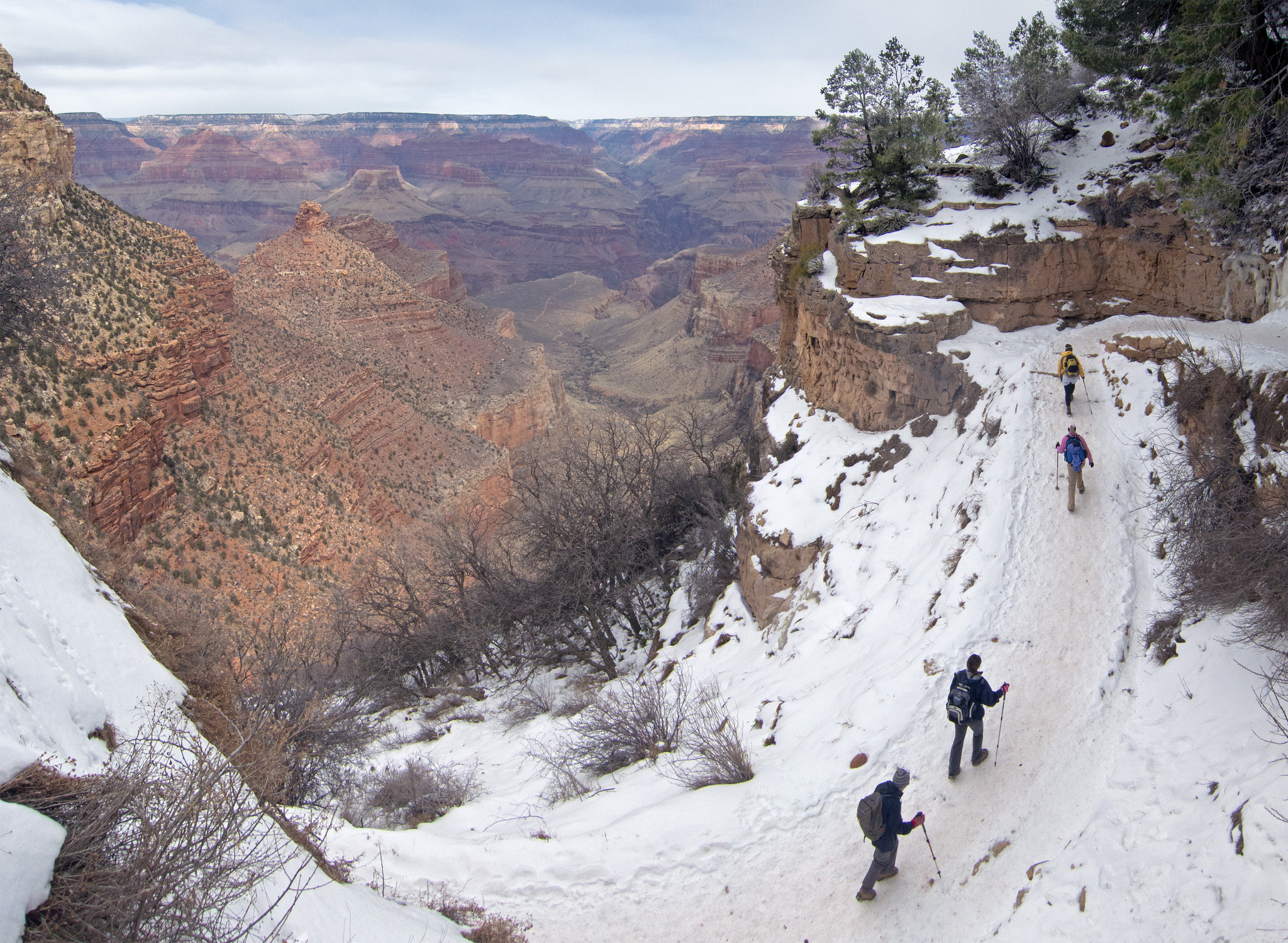
Grand Canyon National Park, Public domain, via Wikimedia Commons
We encourage you to try winter hiking for yourself this season. Here are just a few of the reasons why winter hiking is often more exhilarating than camping during the warm weather seasons.
1. There are fewer crowds
Ever tried to hike in a crowded park? Large crowds tend to take the fun out of the experience. After all, how are you going to capture those beautiful photos with dozens of people in your way?
Besides, a whole bunch of people can make it hard to go at your own pace, making the whole hike feel more stressful than a hike ever should be.
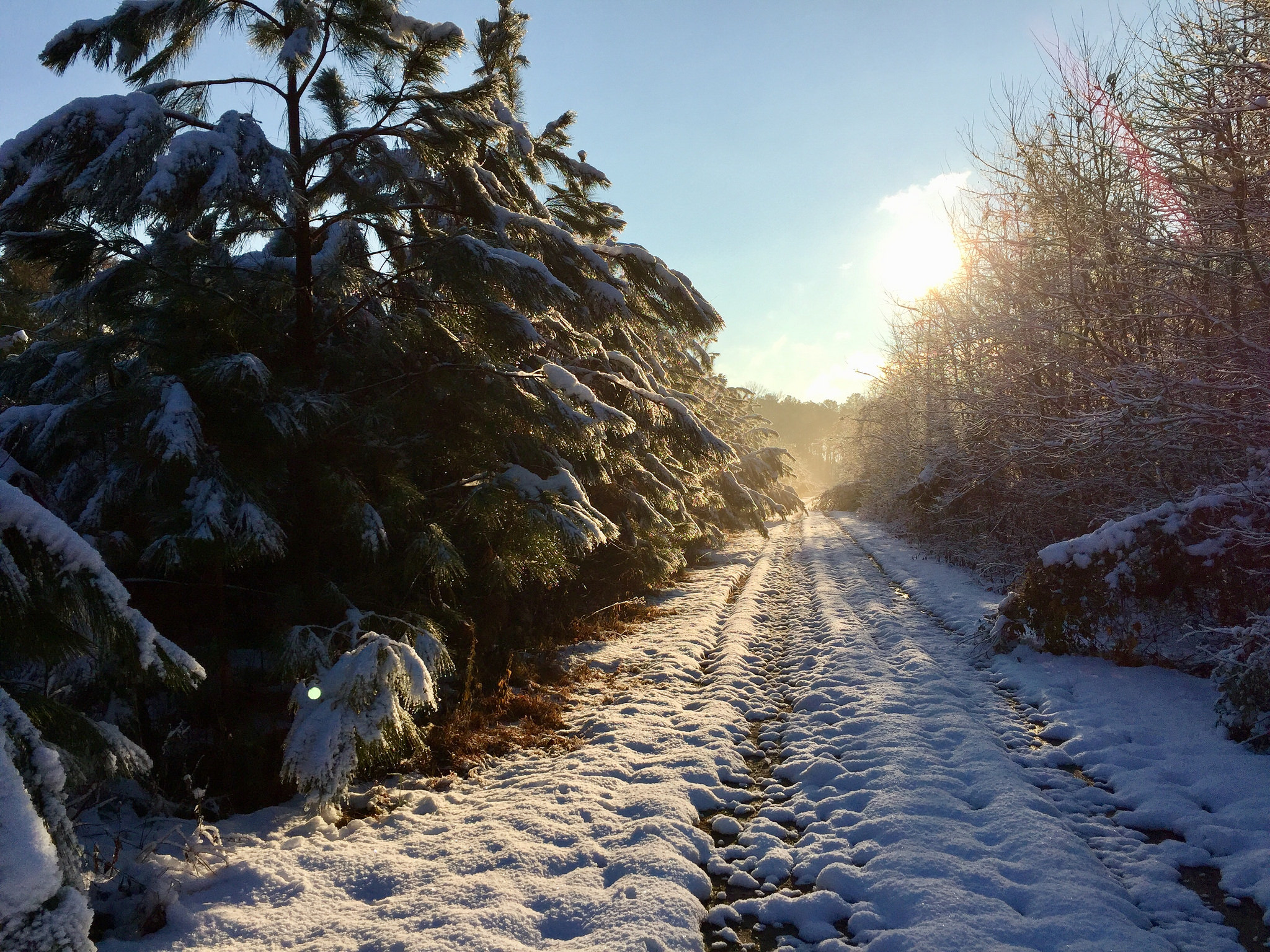
Winter hiking almost guarantees a lack of crowds. In fact, when hiking during the cold season you’ll be lucky if you see one other person on the trail.
2. The landscapes are gorgeous
Everything becomes more beautiful in the still of winter. Sure, things may not be green, but they are quiet with a certain peace that only winter can bring.
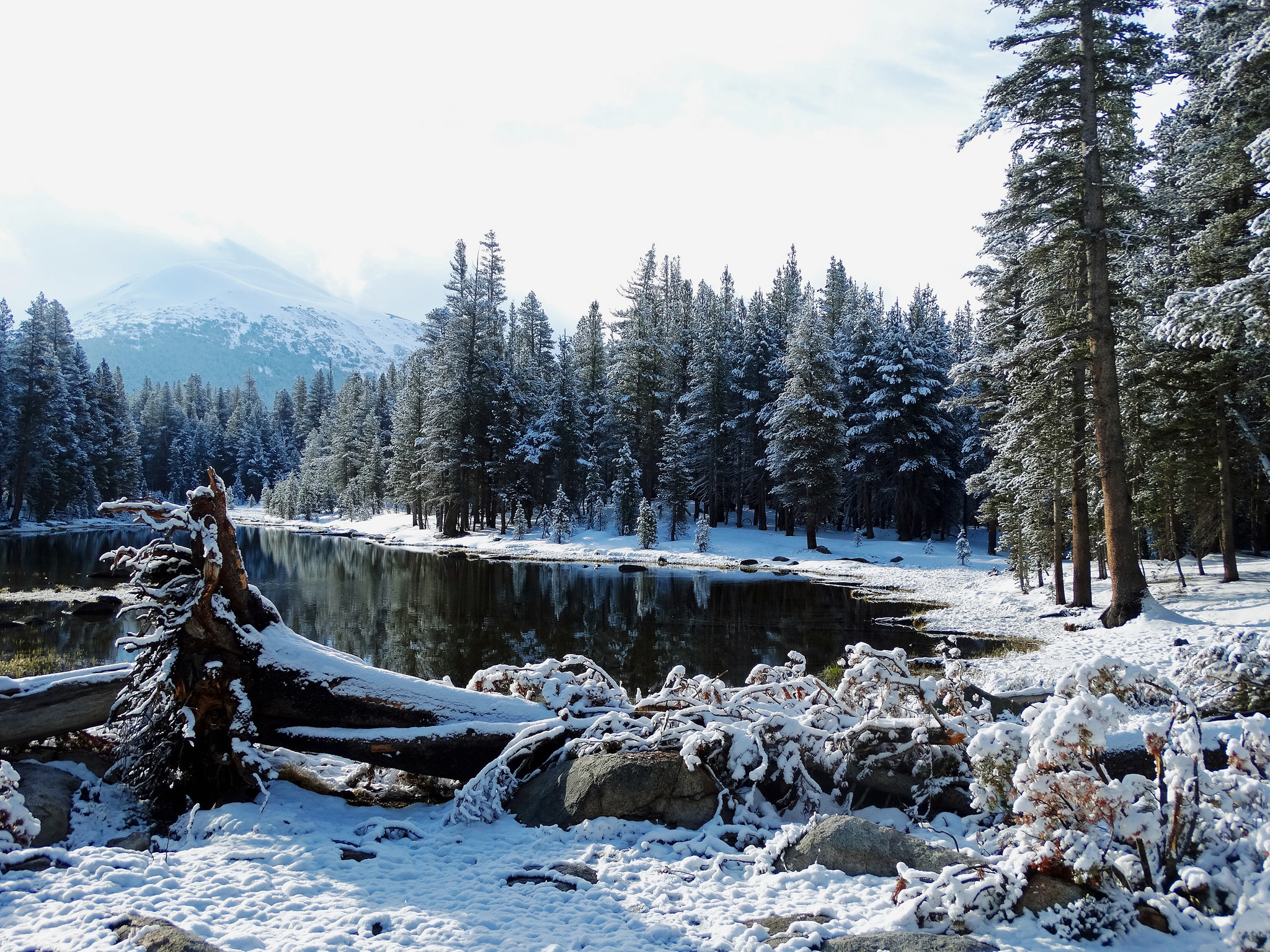
Under a Blanket of Snow
Under a Blanket of Snow, Yosemite High Country 2015 by Don Graham is licensed under CC BY-SA 2.0
Of course, if you can go hiking when snow is on the ground or when bodies of water are frozen over, you’ll be treated to some even more beautiful sights.
Every trail is more gorgeous when covered in white snow, and even the most mundane landscapes become magical after a winter storm.
3. It’s more of an adventure
Another benefit to a snowy hike is the fact that you may have to put your navigation skills to the test.
When a trail becomes covered in snow, it can be hard to follow, and if others hike the area before you, you may also be left with several sets of confusing footprints where others have tried to find their way around.
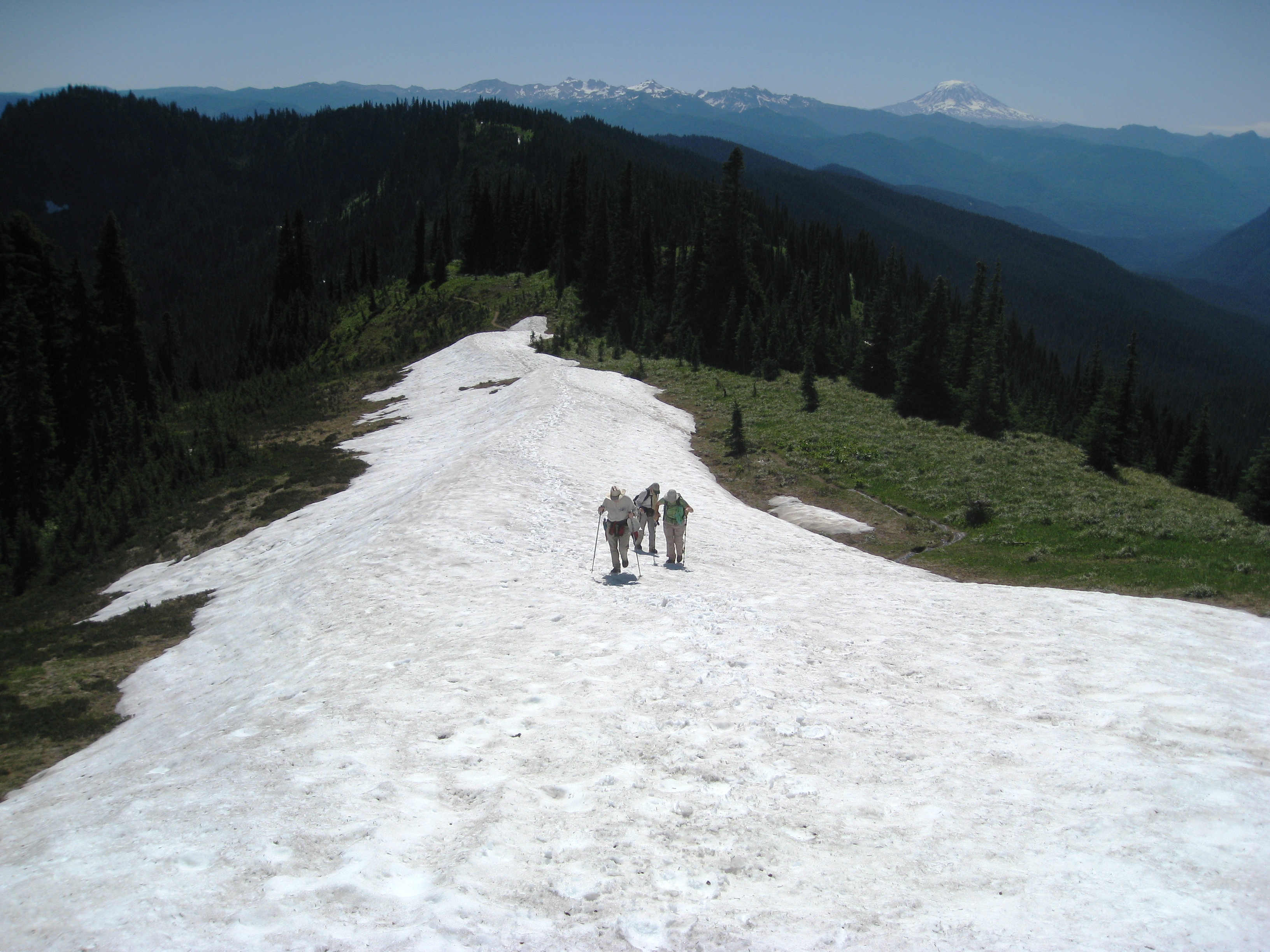
Pack your compass, pick up a map, and get ready for an extra fun adventure as you explore off the beaten path.
4. You can go sledding down hills
Hiking in a mountainous or hilly area in the snow? If so, you’re in for an extra fun time. Yes, hiking uphill when there is snow or ice on the ground may be more difficult, but you’ll be rewarded when you reach the top and can ski, glissade, or simply sled down the other side.
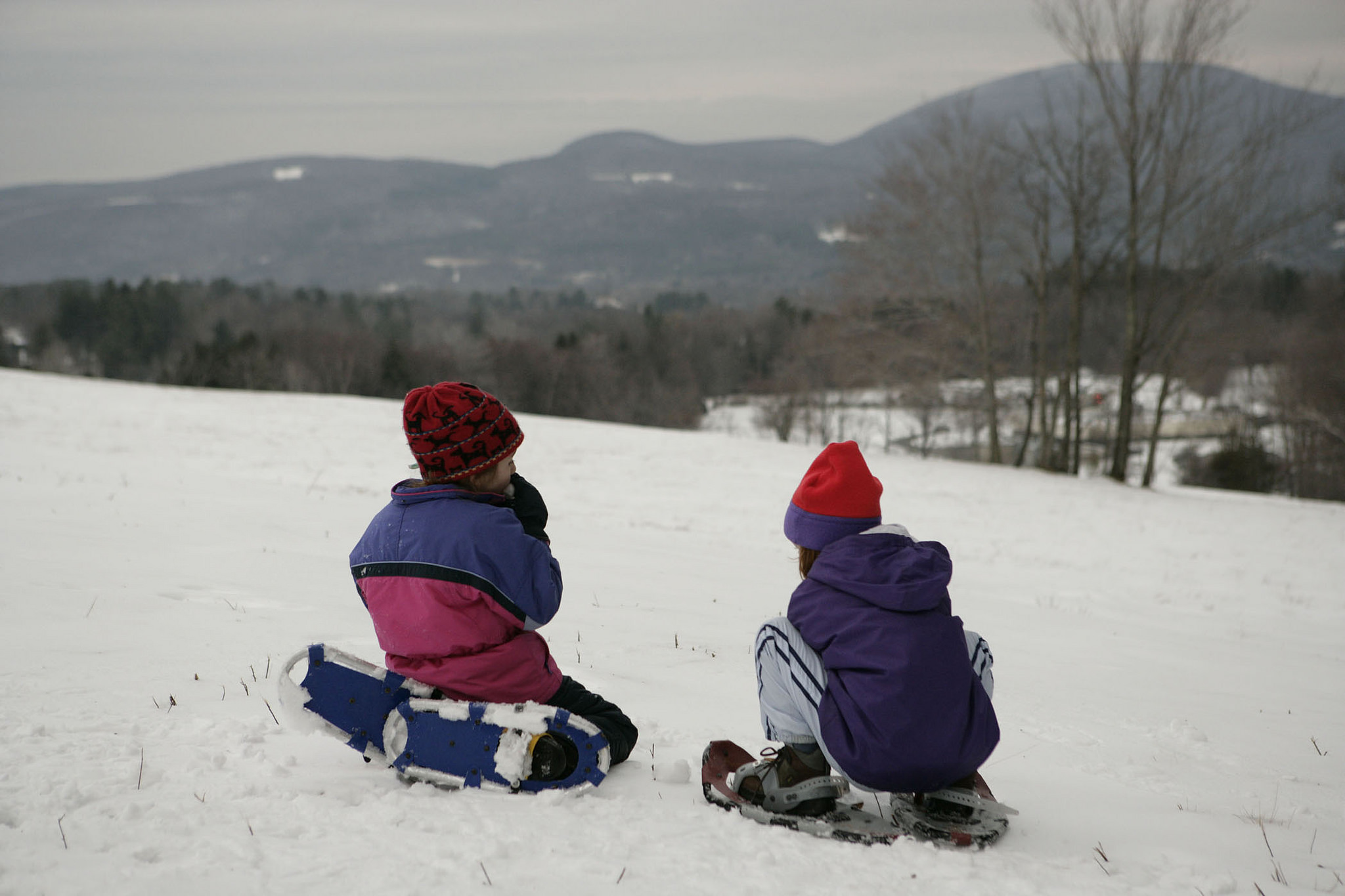
Be sure to pack the right gear for this downhill fun, and make sure you know what you’re doing, especially before taking on any super steep slopes.
5. It’s even more fun for Fido
Dogs need to run. Unfortunately, many pups end up locked inside during the cold winter months. For this reason, dogs absolutely adore winter hikes.
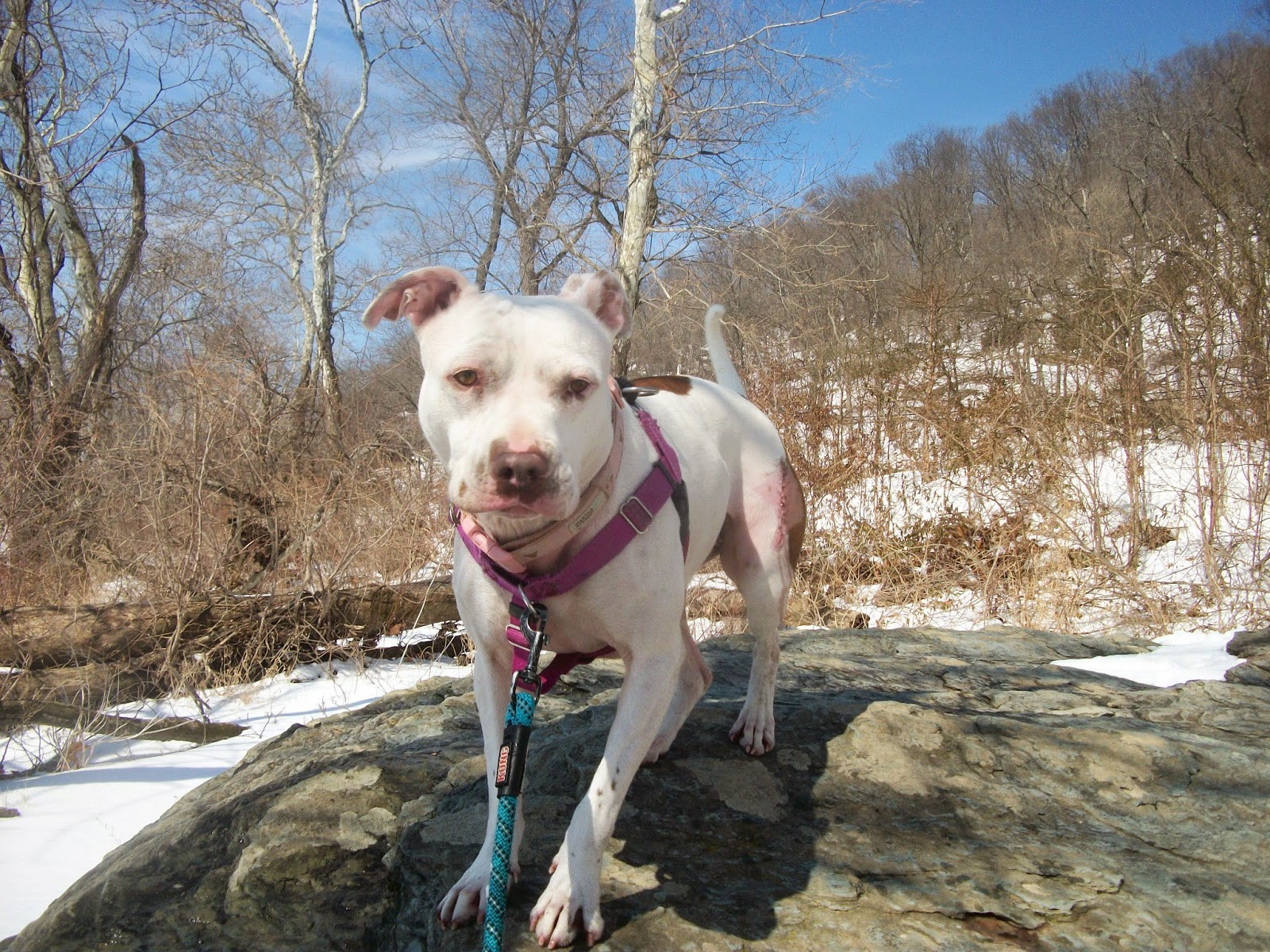
Add in a bit of snow of the ground and your pup will likely be in heaven. Just be sure the trail you choose allows dogs, and bring a leash if required.
6. There’s a lack of bugs
One of the most annoying things about hiking—especially in humid parts of the country—are the bugs. From mosquitoes and biting flies to ticks and chiggers, there are countless annoying bugs that can easily ruin a fabulous trip.
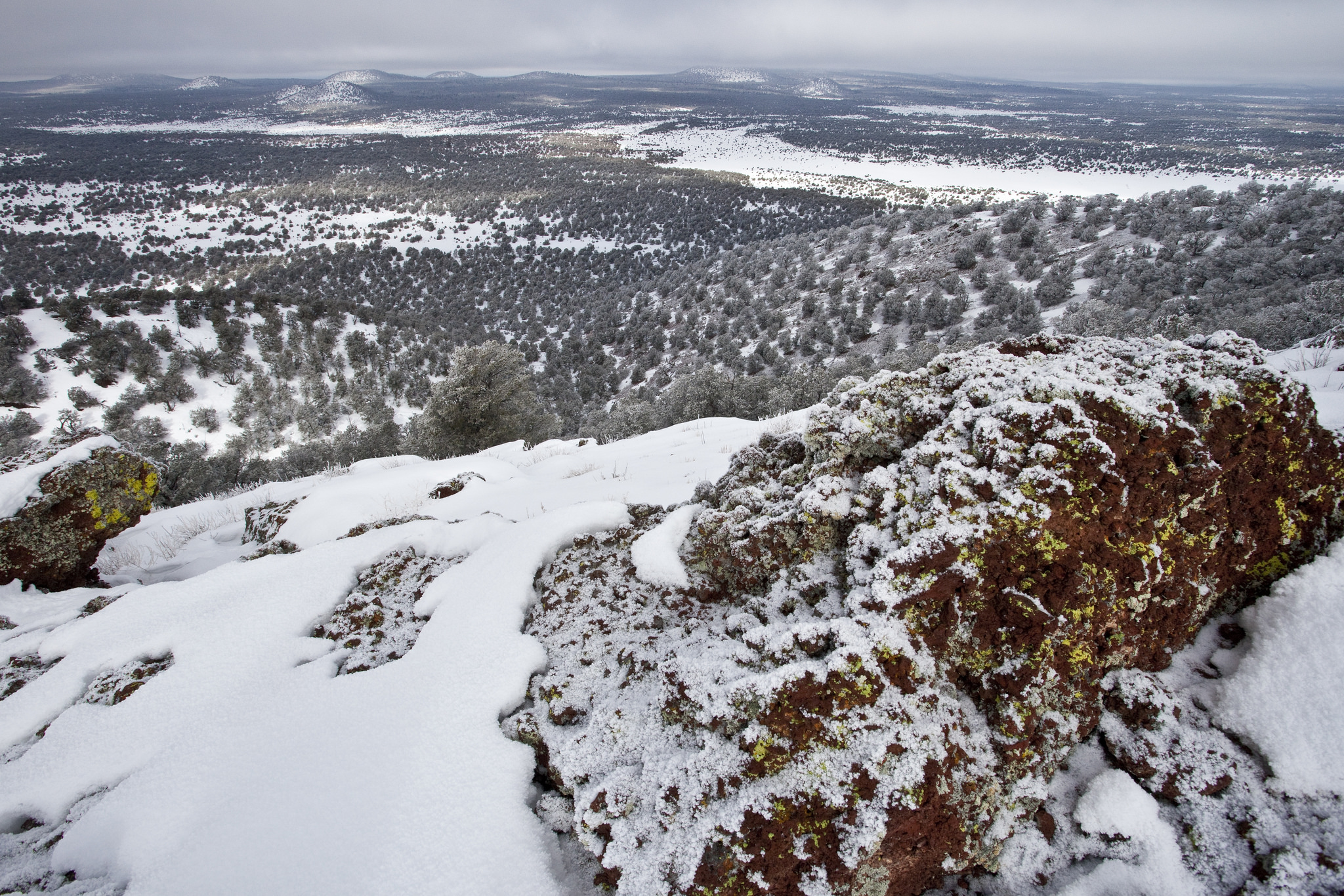
Continental Divide National Scenic Trail, New Mexico by Bureau of Land Management is licensed under CC BY 2.0
Luckily, the vast majority of these little nuisances go into hiding during the winter. This means the cold season is the perfect time for hiking sans bug spray and emerging completely bite-free.
7. There are less poisonous plants
Another thing you won’t find many of during the winter are poison plants. Pesky plants such as poison ivy and poison oak that can make you so itchy during the spring and summer months aren’t typically found along woodsy trails during the winter.
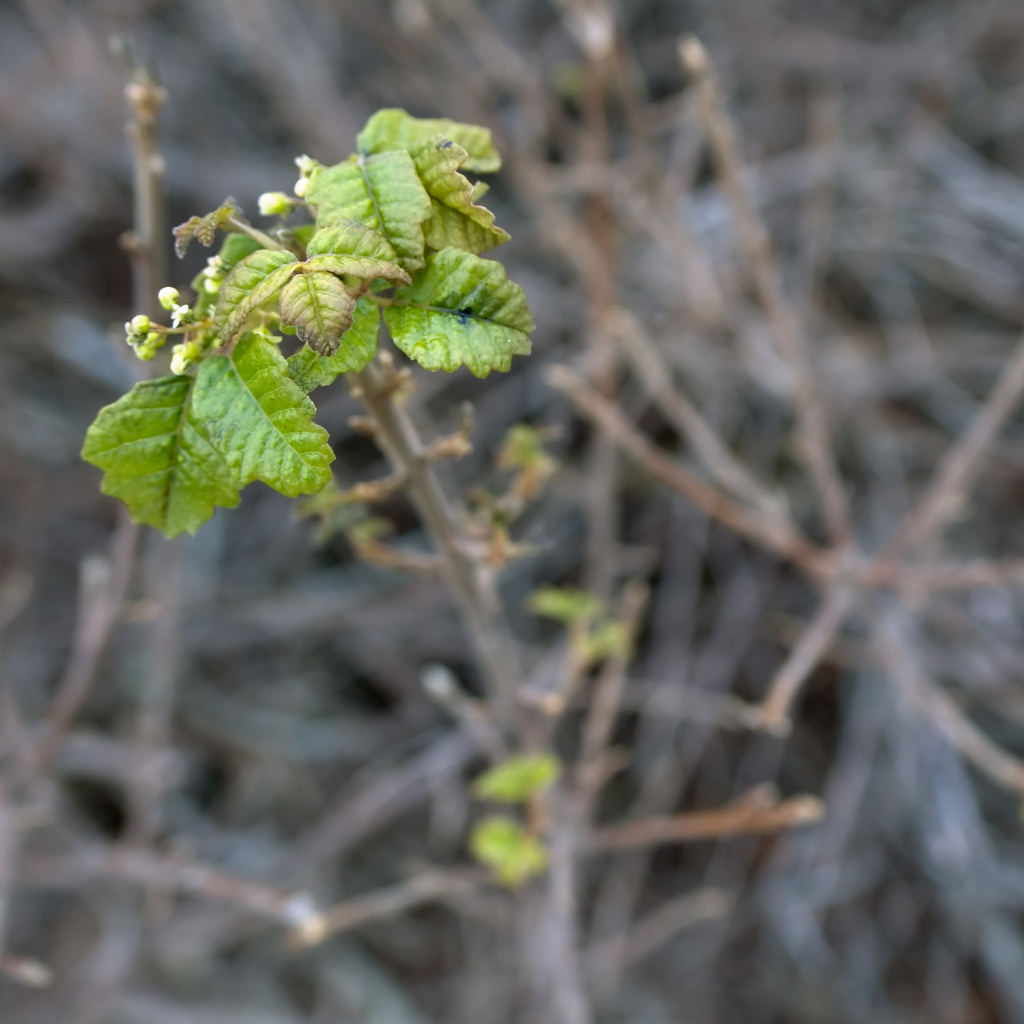
Baby Poison Oak by David Goehring is licensed under CC BY 2.0
This means you needn’t fear those awful leaves and can enjoy your hike in peace, knowing you’ll come out without a rash even if you do happen to wander off the path a bit. However, you should still learn how to identify poison ivy and its similar plants.
8. The cooler temperatures
Last but not least, we must mention the temperatures that can make winter hikes so amazing.
Sure, most winter days are super cold, requiring a decent coat to keep warm, but there are also those golden days that happen once in a great while that are free of harsh winds and provide the perfect hiking temperatures while still offering a sunny sky.
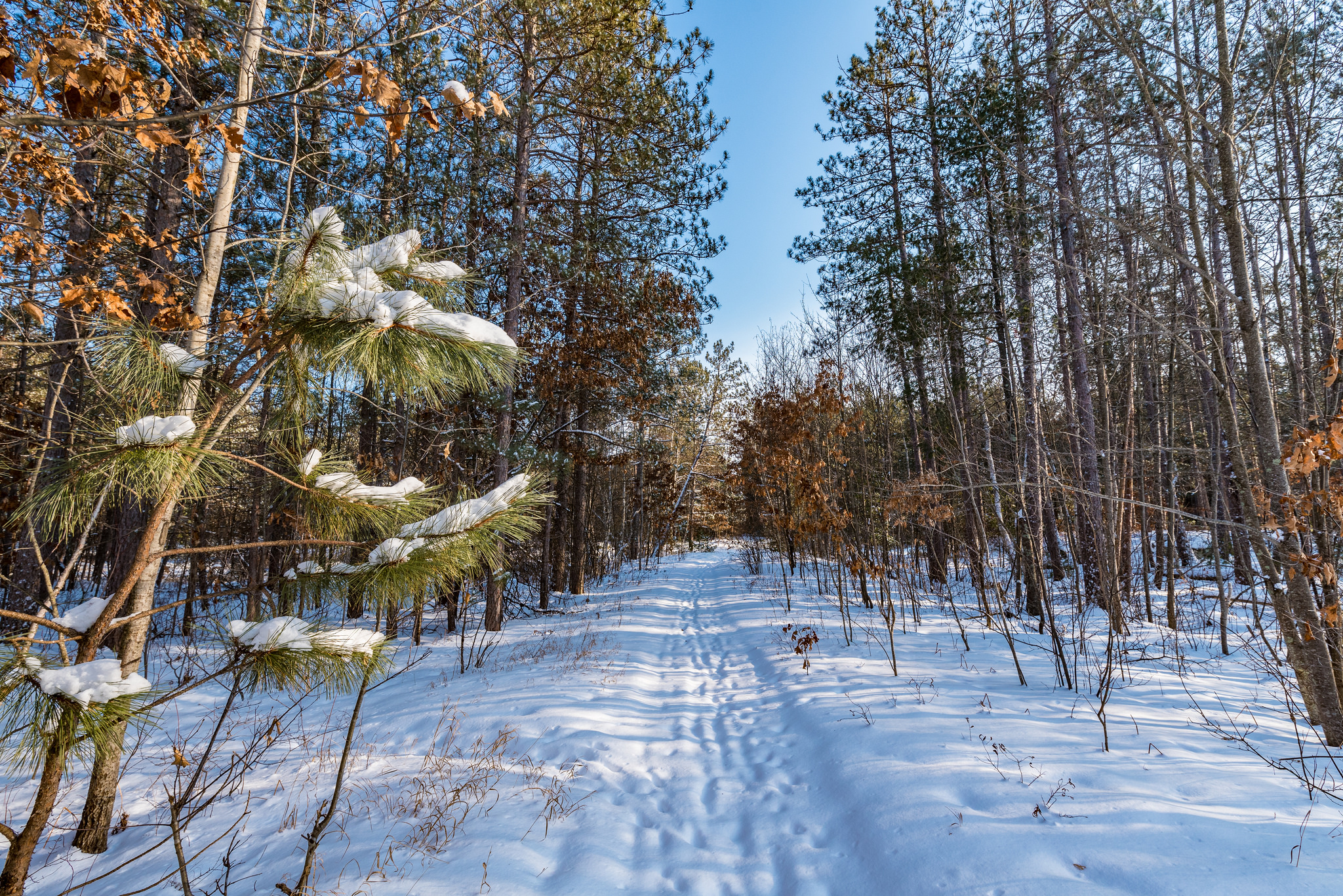
These days happen most often in the southern states, so if you want to increase your chances of a golden winter day hike (and you don’t already live in a warmer climate), try taking the RV down south for a week or so.
As you can probably tell, we are big fans of winter hiking. Have you given winter hikes a chance? If so, where did you go? We’d love to hear your story!

